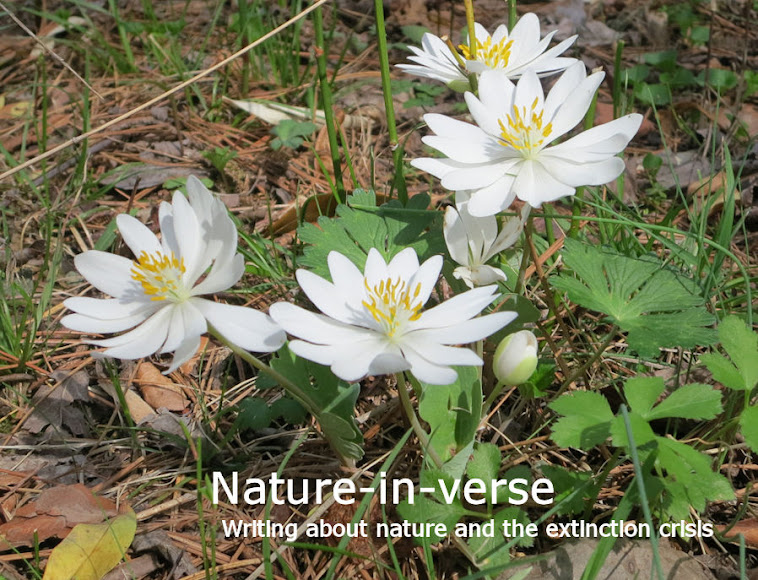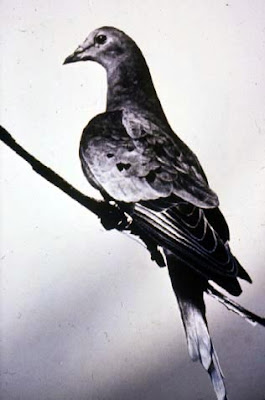How I remember their numbers from my childhood! Every year
they'd come through on their yearly migration. I'd see their caterpillars,
loved them but took them for granted. They were part of the landscape, certainly
appreciated, a comfort as a child and something I thought would always be there.
Their numbers are in sever decline so I wanted to do what I
could do to help them.
One thing I planted was milkweed. The monarch lays its eggs
on milkweed, and once the tiny caterpillars emerge, they feast on it. The loss of milkweed across their migration
route is the major contributor to their decline. It is the only plant they
use for reproduction and it is being wiped out at an alarming rate to farming.
For three years now, my milkweed has stood mute as no
monarch has yet to discover it. But my nectar garden has been.
Every fall and spring I look for them. I’ve never
spotted one is the spring only during the fall season. I see very few. In the
past three years I've seen maybe five, one here, one there, enjoy the nectar, then
head south. So every fall, from time to time, I go out and look over my deck, which is above the garden to see if I spot one. It is hit and miss and few and
far between.
This year, on a lovely Monday afternoon, I was outside on my deck
and something compelled me to look out over the railing into the garden.
I saw something move - sure enough it was a Monarch Butterfly.
I ran inside, grabbed my camera and shot these images. I watched this monarch for about ten minutes as it moved from flower to flower intently partaking of nectar for its long journey south.
As I watched, I wondered how far from the north it had
traveled. I thought of its journey ahead - across the rest of the southern US then
to its wintering grounds in Mexico where it would wait for spring with thousands of others. But most of all I wondered how it found my garden, a
tiny patch of land on a journey spanning thousands of miles.
What were the chances of me seeing this lone monarch while it was in my garden for perhaps a half-hour?
I thought how fortunate I was. How lucky to see this one monarch out of the thousands
that make the journey south.
It was a rare gift as rare as the Monarch Butterfly may become.










































